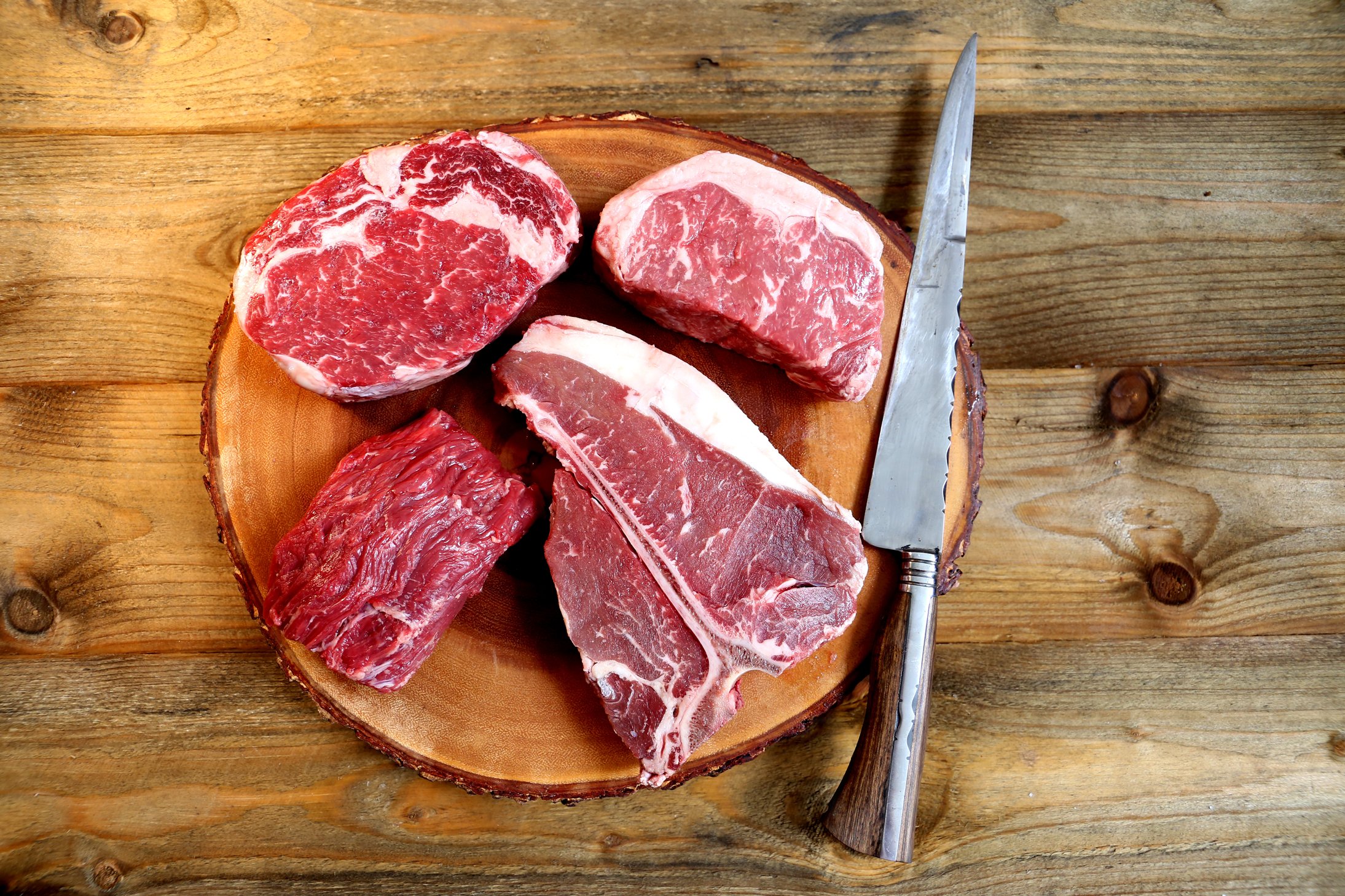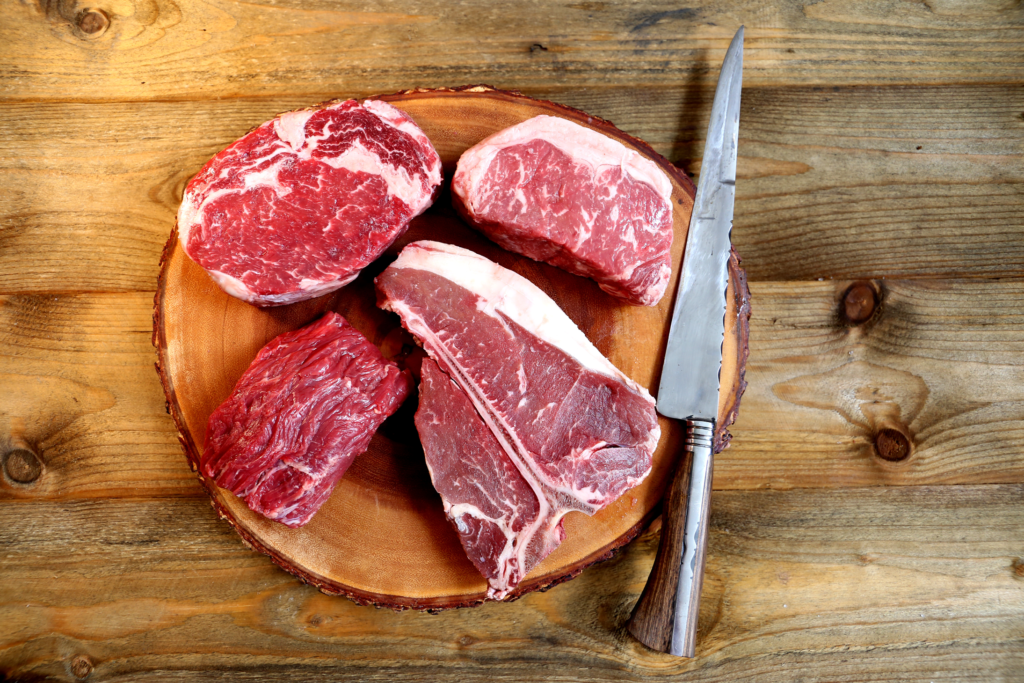
Image: Adobe Stock
The production of the three main types of meat in Brazil this year is estimated at approximately 29.6 million tons, as shown in the updated product supply table, this Friday (28), by the National Supply Company (Conab) in July edition of AgroConab. If confirmed, this will be the highest level in the historical series considering poultry, pigs and cattle. The Company also forecasts a record for exports, exceeding 9 million tons. Even with the increase in shipments, the availability of meat in the domestic market should be increased by 2.4%, forecast at 20.44 million tons, the second highest in the series.
“The increase in the quantity of meat produced in the country is one of the factors that supports the downward trend in consumer prices. Much of the deflation recorded comes from meat, which is cheaper for the consumer”, highlights the Company's president, Edegar Pretto.
{module Form RD}
The expected record is driven by pigs. In 2023, production is expected to reach 5.32 million tons, an increase of 2.7% compared to last year. The volume is the largest recorded in the country. The greater quantity of meat produced allows for an increase in exports of around 10.1%, estimated at 1.22 million tons, without impacting internal availability, which tends to show a slight increase of 0.6%, reaching 4.12 million of tons.
“Foreign sales have grown, at the same time as there has been a reduction in dependence on the Chinese market, which shows that Brazil has conquered new markets. If in 2020 more than 50% of exported pork was destined for China, this year, considering the first half of the year, this percentage fell to 37%”, highlights the manager of Fibers and Basic Foods at Conab, Gabriel Rabello. Hong Kong, the Philippines, Chile and Singapore have increased their percentage of participation among the main buyers of Brazilian pork. “The opening of the Mexican and Canadian markets for Brazilian pork allows new opportunities for Brazilian exporters”, he reinforces.
Cattle production represents around 9 million tons. The increase was already expected due to the livestock cycle, when there is a greater slaughter of females and a consequent increase in the supply of meat on the market. Exports are projected at 2.91 million tons, a reduction of 3.3% compared to last year, impacted by slower shipments at the beginning of 2023. The availability of the product in the domestic market shows an increase of 8 .6%, reaching 6.23 million tons.
For poultry, the estimate is a production of 15.21 million tons, the second highest in the series. Good production and reports of bird flu in countries in Europe, Japan and the United States, for example, increase demand for Brazilian meat. “Cases of avian influenza have been detected in Brazil, but only in wild birds and not in commercial birds”, ponders Rabello. Given this scenario, exports should grow by around 10.2%, reaching a volume of 5.12 million tons, a new record. According to the Ministry of Development, Industry, Commerce and Services (MDIC), in the first 15 working days of July alone, an increase of 10% in sales to the foreign market was recorded.
Regarding the egg supply situation, Conab's estimate is that production for 2023 should reach a new record and reach 40 billion units of eggs for consumption. “Production is a record, if we consider expectations for the year, but it is a volume very close to that recorded in 2022. The high cost of production in recent years has made many poultry farmers discard laying matrices. This means that at times, the increase in supply occurs at a different speed than the increase in demand, allowing for greater price fluctuations. Furthermore, as it is a long-cycle activity, distortions between supply and demand take some time to equalize”, explains the Conab manager. In the foreign market, mainly in the United States, avian influenza is among the main reasons for the increase in prices.
Source: datagro
{module Read Also}











